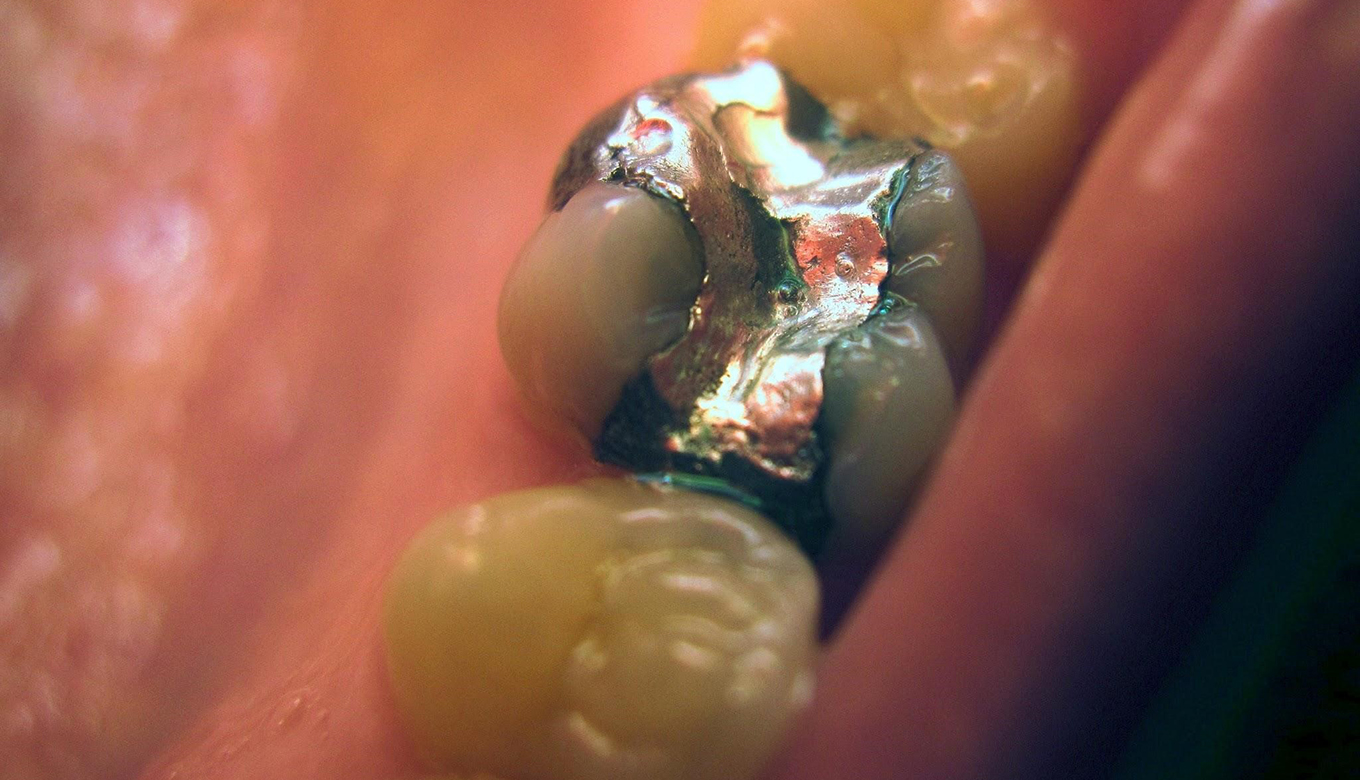Types of Dental Fillings

Dental fillings are inserted to treat cavities and fill the area where the decayed tooth is removed. The main reason dental fillings are used is to repair broken teeth and prevent teeth from undergoing further decay. There are myriad dental filling options available in the market and it is necessary that you have a clear understanding of the options before going with the right choice.
A brief introduction on what happens during a dental filling operation:
- Dental fillings usually involve giving an anaesthetic to the patient to numb the region in which operation takes place.
- Involves removal of decay from the affected region.
- The preferred filling is then inserted in the region.
There are different pros and cons for dental fillings. Let us discuss some of the common ones used:
Amalgam fillings
Dental amalgam has been used to fill cavities over the years. Whilst concerns have been raised due to the presence of mercury in amalgam, it is fairly safe and is still widely preferred due to its low cost. Amalgam is made up of a mixture of silver, mercury, tin and copper.
Pros of Amalgam fillings:
- Has been used traditionally and is reliable.
- Can be put in wet places.
- Resistance to damage from chewing/grinding.
- Very cost-effective.
Cons of Amalgam fillings:
- They are not aesthetic and don’t match the surrounding teeth.
- Concerns due to the presence of mercury.
Composite fillings:
There are many reasons people go with composite fillings, the main reasons being:
- Chipped/broken teeth.
- Decayed teeth.
- Worn teeth.
Composite fillings have been getting popular in recent years due to a number of reasons. Looking quite similar to your original tooth, composite feelings are aesthetic and can be replaced easily when damaged. They are also quite strong and can help your tooth restore the majority of its strength since they bond well with the enamel. Whilst they are considered very safe unlike amalgam fillings, they are costly and may stain your teeth when you consume wine/other food items.
Cast gold fillings:
Whilst cast gold fillings cost more than the other dental fillings like amalgam fillings, take multiple dental visits to install and are not “tooth-coloured”, some people do prefer gold filling for a couple of reasons, mainly because:
- They last very long(more than a decade usually).
- They can withstand chewing/heavy external forces.
- They will support and protect the tooth enamel efficiently.
- No discolouration of teeth.
- Good for tissue health.
Glass ionomer fillings:
Consisting of a range of materials, glass ionomer fillings usually consists of alumina, silica and calcium. Glass ionomer may be mixed with resin to enhance its strength. Glass ionomer fillings are preferred since they resemble the colour of the tooth and bonds well with the tooth enamel. They also become stronger over time as they absorb water.
The reasons they have been gaining popularity in recent years is that glass ionomer fillings also have stronger adhesion capabilities, good flexibility and better than amalgam fillings when it comes to safety.
Custom filling:
When the cavity is large enough and when on the verge of another decay, it is necessary to visit a dentist and consider the options to have a filling in the material/a mix of materials that is apt for your teeth. Your dentist would be better suited to advise you on what is specifically needed depending on various factors like sensitivity and the condition of your teeth.
If you are someone who is looking to have a dental filling, it is vital that you look at the pros and cons of all the filling types and choose the one that is apt for you considering your budget, health and comfort.
Can I just say what a relief to find someone who actually knows what theyre talking about on the internet. You definitely know how to bring an issue to light and make it important. More people need to read this and understand this side of the story. I cant believe youre not more popular because you definitely have the gift.